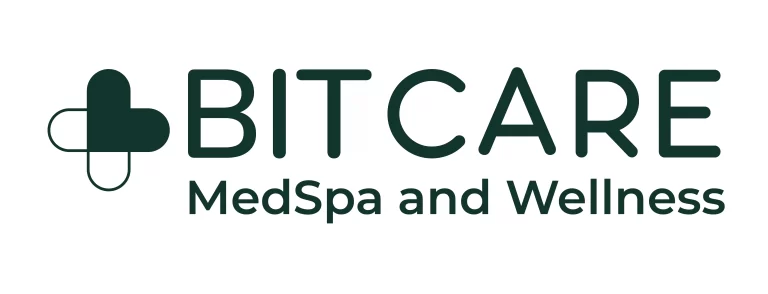
5 Ways to manage your blood pressure
Lifestyle plays an important role in the steps to control your blood pressure. Your blood pressure depends on the amount of blood pumped by your heart and the resistance the arteries produce to the blood flow. The narrower your artery the higher is your blood pressure. It often shows no symptoms and is a major risk factor for heart diseases and stroke.
Here are 5 ways to effectively control your blood pressure.
Maintain a healthy weight:
Blood pressure often rises with weight gain. Being overweight can interfere with breathing while you sleep, which can further increase your blood pressure. Weight loss is one of the most effective lifestyle modifications to control blood pressure. Losing some weight can help to reduce your blood pressure if you are overweight or obese. In general, with every kilogram of weight you lose (approximately 2.2 pounds) you can lower your blood pressure by 1 millimeter of mercury (mm Hg). In addition to losing pounds, you should also usually keep an eye on your waist. Carrying more weight around your waist increases your risk of developing high blood pressure.
In general:
*Men are at risk if their abdomen measure is more than 40 inches (102 centimeters).
*Women are at risk if their abdomen measure is more than 35 inches (89 centimeters).
Eat a healthy diet:
Eating whole grains, fruits, vegetables, low-fat dairy products and a diet low in saturated fat and cholesterol can lower your blood pressure up to 11 mm Hg if you have high blood pressure. This diet plan is called the Dietary Policies (DASH) Diet to Stop Hypertension. Changing your eating habits is not easy, but you can follow a healthy diet with these tips:
Keep a food diary: Writing down what you eat for just a week can shed surprising light on your true eating habits. Monitor what you swallow, how much, when, and why.
Consider boosting potassium: Potassium relieves the consequences of sodium on blood pressure. The best commencement of potassium is a diet like fruits and vegetables rather than accessories. Talk to your doctor regarding the best potassium level for you.
Exercise regularly:
Regular physical activity – 150 minutes a week or 30 minutes several days a week – can lower your blood pressure levels by 5 to 8 mm Hg if you have high levels in the blood pressure machine. Being consistent is important because if you stop exercising, your blood pressure will rise again. If you have high blood pressure, exercise can help you prevent high blood pressure. If you already have high blood pressure, regular physical activity can bring your blood pressure to a safe level. Walking, jogging, cycling, swimming, or dancing are just a few examples of aerobic exercises that you can try to lower your levels in the blood pressure machine. You can also try high-intensity interval training, which alternates short bursts of intense activity with subsequent recovery periods of mild activity. Strength exercise can also help to lower blood pressure. Include muscle training exercises at least two days a week.
Manage your stress:
Blood pressure is measured using blood pressure cuffs, the cuff is enveloped around your upper arm and raised to stop the flow of blood in your artery. Chronic anxiety contributes to high blood pressure. Further research is required to define the effects of chronic stress on the levels of blood pressure machines. Occasional stress can also contribute to high blood pressure when you react to stress by eating harmful foods, drinking alcohol, or smoking. Take some time to think about what is causing you stress, such as work, family, finances, or illness. Once you know what is causing your stress, think about how you can manage or reduce stress. If you can not get rid of all your stress, you can at least deal with it healthily. Try to:
Change your expectations: For example, schedule your day and focus on your important tasks for the day. Avoid attempting to do more and learn to say no. Understand that there are some things you can not alter or control, but you can concentrate on how to respond to them.
Avoid stress triggers: Try to avoid motivations when you can. For example, if the traffic on the way to work induces congestion, try to leave early in the morning or take public transport. Avoid people who stress you out when possible.
Make time to relax and to do activities you enjoy: Take time per day to sit calmly and take a deep breath. Set aside time for pleasant activities or hobbies such as walking, cooking, or volunteering on your schedule.
Reduce sodium in your diet:
To measure blood pressure, your doctor will use a device called a sphygmomanometer, also called a blood pressure cuff. A small drop in sodium in your diet can also enhance your heart health and lower your blood pressure by 5 to 6 mm Hg when you have high blood pressure. The impact of sodium intake on blood pressure varies from person to person.


